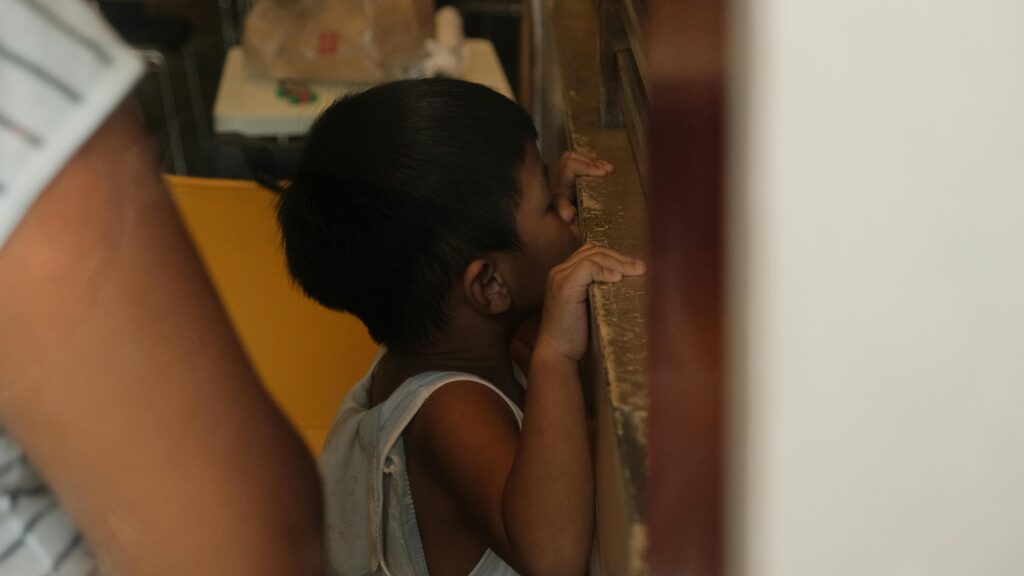Child labor remains a critical global issue, with millions of children forced into exploitative conditions. From hazardous work in mines to unpaid domestic labor, these children are deprived of education, health, and basic human rights. To combat this crisis, governments, businesses, and individuals must take concerted action to enforce child labor laws and promote ethical labor practices.
Understanding the Scope of Child Labor
The International Labour Organization (ILO) estimates that around 160 million children are engaged in child labor, with nearly half of them involved in hazardous work. Child exploitation is particularly prevalent in agriculture, manufacturing, mining, and domestic work, especially in low-income regions. A lack of access to education and extreme poverty often force children into labor to support their families.
To learn more about child labor statistics and global efforts, visit ILO’s Child Labour Report.
Key Steps to End Child Exploitation
1. Strengthening and Enforcing Child Labor Laws
Many countries have legal frameworks prohibiting child labor, yet weak enforcement allows violations to persist. Governments must allocate resources to inspect workplaces and penalize offenders. International cooperation can further strengthen legal measures, ensuring cross-border accountability. Organizations like Human Rights Watch actively monitor child labor laws and advocate for stronger policies.
2. Promoting Access to Education
Education is the most powerful tool against child labor. Governments and NGOs must invest in free, quality education, offering incentives such as free school meals and stipends for families. According to UNICEF, access to education significantly reduces the likelihood of child labor involvement.
3. Holding Corporations Accountable
Companies must adopt ethical sourcing policies and eliminate child labor from their supply chains. Fair-trade certifications and transparency reports help consumers identify brands committed to ethical practices. Platforms like Fairtrade International provide insights into responsible sourcing and corporate responsibility.
4. Addressing Poverty and Economic Inequality
Since financial hardship often pushes children into work, economic empowerment programs can make a difference. Governments should implement social protection programs, including conditional cash transfers and employment opportunities for parents. The World Bank supports policies that improve economic conditions and reduce reliance on child labor.
5. Raising Awareness and Advocacy
Public awareness campaigns play a crucial role in mobilizing support against child labor. Social media, documentaries, and community-driven initiatives can pressure policymakers and corporations to act. Organizations such as Save the Children provide resources for advocacy and engagement.
Ending child labor requires a multi-faceted approach involving legal enforcement, education, corporate accountability, economic empowerment, and public awareness. Governments, businesses, and individuals must work collectively to ensure that every child has the right to a childhood free from exploitation. By staying informed, supporting ethical brands, and advocating for stronger policies, we can make a tangible impact in the fight against child labor.



